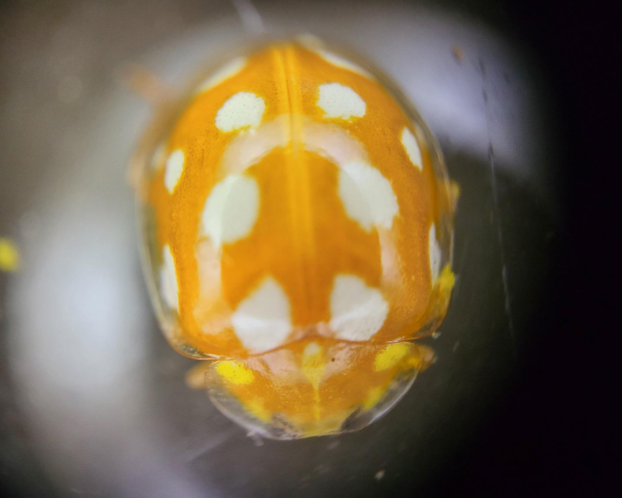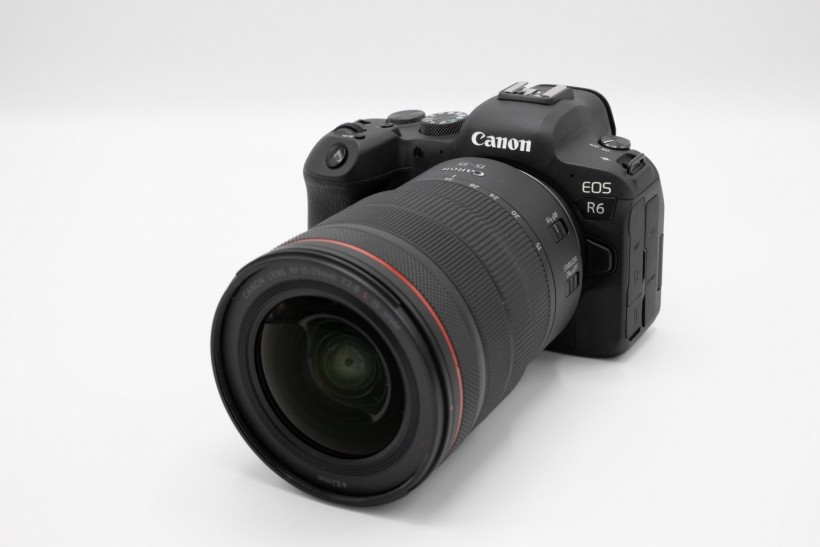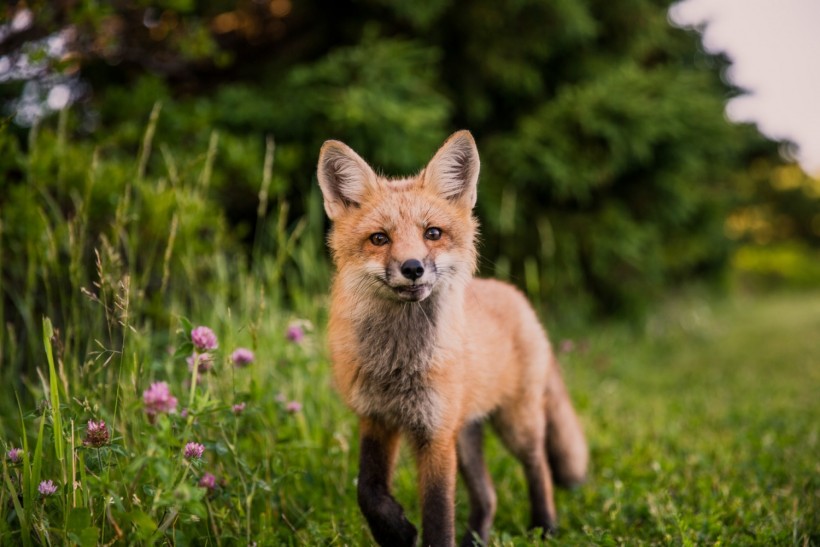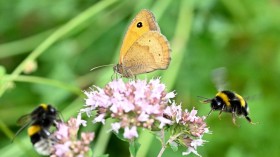Taking pictures of animals in the great outdoors allows you to develop a more intimate relationship with nature. Far from isolating you from nature, photography forces you to observe nature closely, monitor the rhythms of wildlife, and understand their habitats. To capture beautiful images of animals in their natural habitat, you need to understand how they function and develop incredible patience. You also need to select the ideal style of photography, choose the correct equipment, and learn how to find wildlife to photograph.
We provide essential tips and tricks to help you take the best wildlife photos.
Choose Your Style of Photography
Before you get started, you need to identify your style of photography, which, in turn, depends on your subject. Do you want to observe your animals from an extremely close, microscopic distance? Or do you want to capture animals in their habitat? Depending on your preferences, you can opt for macro wildlife photography (which is all the rage right now) or traditional wildlife photography.
Macro Wildlife Photography
Macro photography is a type of photography wherein you capture your subject from an extremely close distance, usually 4 to 5 centimeters from the subject. When you opt for macro wildlife photography, you choose to focus on the animal or creature's anatomy, allowing you to see details that are virtually invisible to the naked eye, such as the minute details on the wings of a butterfly or capturing a spittlebug mid-secretion. Macro wildlife photography makes you develop an intimate and close relationship with nature.
Regular Wildlife Photography
Regular wildlife photography refers to photographs taken via regular cameras and lenses. While macro photography zooms into the creature's anatomy, regular photography places the creature in a larger environmental context. Most of the wildlife photographs you see online or in magazines belong to this category. For example, if you see an image of a lion rushing through grasslands in pursuit of prey, that's probably a regular wildlife photograph. Regular wildlife photography provides more information about the animal's external world.
Choose Your Equipment
Once you decide on the type of photography you prefer, you need to select your equipment. The tools and equipment necessary for macro wildlife photography are different from regular photography. That's why you must decide on the type of wildlife photography first. Below, we describe the types of equipment you can purchase for macro and regular photography.
Nano Shot Lens (Macro Photography with your phone)
Nano Shot Lens is an innovative smartphone lens attachment that allows you to capture macro wildlife photography with your smartphone. It's a lens extension that can be clamped on your smartphone - the lens essentially magnifies your camera's existing lens. If your camera is capable of 10x zoom, like many modern smartphone, the Nano Shot Lens can offer 200x zoom, making it ideal for macro photography. Once the macro lens is attached, you can capture macro wildlife images. This is the easiest way to convert your existing phone into a macro camera.

Camera with Macro Lens (Macro Photography with a digital camera)
If you want to engage in professional macro wildlife photography, you need to invest in a camera with a macro lens. A macro lens is a dedicated camera lens that can capture images from an extremely close range. Macro lenses usually have a magnification ratio of 1:1 and a focusing distance of around 12 inches or less, allowing them to capture highly detailed images of microscopic objects. When selecting a macro lens for wildlife photography, focus on lenses with a focal length of 90mm to 105mm.
Professional Camera & Lens (Regular Photography)
If you want to engage in regular photography, you must make several important decisions about the camera and lens. You can certainly use your smartphone camera for wildlife photography, but most smartphone cameras don't have the speed, magnification, and apertures necessary for accurate shots. If you want to engage in professional-level wildlife photography, you'll need to invest in a series of expensive cameras and lenses, including zoom and prime lenses and teleconverters that extend the reach of your lens.

Choose Your Location
Once you've selected the ideal equipment for wildlife photography, you need to select your location. Most people assume that wildlife photography can only be done in exotic forests and woodlands. But that's not necessarily true. You can explore the streets around your home and capture the wildlife around you, such as squirrels, birds, and foxes. If you're engaging in macro photography, you can also capture the insects and little creatures in your backyard.
The beauty of macro photography is that it zooms in on the tiniest of insects and creatures, allowing you to see them as you never have. Even if you only have a simple smartphone and no budget, you can use the Nano Shot Lens to discover the creatures in your backyard. Attach the lens extension to your smartphone's lens, and then zoom into creatures you see daily without truly observing. All wildlife photography starts from the backyard.
The following are some of the possible locations for wildlife photography:
-
Forests and woodlands
-
National parks
-
City streets
-
Beaches
-
Backyards and gardens
Other Tips:
-
Take lots of photos - the more, the better
-
Be patient and wait for animals to get comfortable around you
-
Understand your camera and lenses
-
Experiment with different settings in your camera
-
Choose a fast shutter speed to capture the motion of moving animals
-
Research the wildlife in your area and their habits
-
Rediscover animals and insects you've seen a million times before
-
Use the rule of thirds to place your animals and compose images
-
Eliminate distractions from your images to center the creature
-
Observe wildlife from a respectful distance without affecting their habitat
-
Don't feed wild animals because it can alter natural behaviors
-
Leave your pets at home when you engage in wildlife photography
-
Avoid wildlife during mating or nesting season
Wildlife photography is such a broad subject that it can't possibly be contained within one article. But if you follow the tips and tricks mentioned in this article, you'll have a good start.
© 2024 NatureWorldNews.com All rights reserved. Do not reproduce without permission.
* This is a contributed article and this content does not necessarily represent the views of natureworldnews.com



![Microplastics Escape Body's Gut to 'Infiltrate' the Brain, Kidneys and Liver [Study]](https://1471793142.rsc.cdn77.org/data/thumbs/full/70195/280/157/50/40/microplastics-escape-bodys-gut-to-infiltrate-the-brain-kidneys-and-liver-study.jpg)


